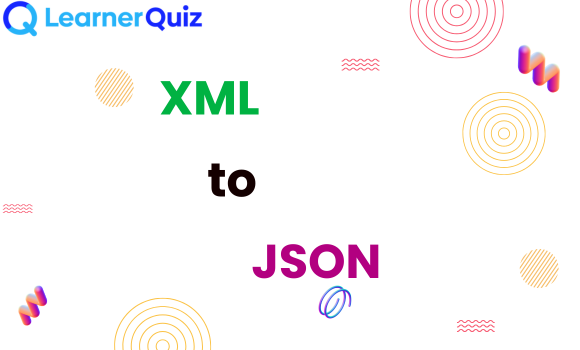

This is where steps for converting XML to JSON may sound a bit unclear at first until you consider getting the basics part. In this blog post, we will discuss our XML to JSON converter, about why it is useful, and a few best practices or tips for using it. That is why we shall not complicate matters and make it such that any person would be able to understand the contents of the page.

First off, let us briefly consider what XML and JSON are.
XML is an abbreviate of eXtensible Markup Language. It is usually applied to store and transport information in an organized manner. Further, in XML, the data is surrounded or enclosed with tags which assist in categorizing the data. A simple XML document might look like this:
JSON which is an abbreviation for JavaScript Object Notation. At its core, it is a stream that simplifies data storage in a more easily understandable format. It is very commonly used for transmitting data between servers and web applications for instance. A simple JSON document might look like this:
Both formats are used to process data but JSON is more popular because they take less space in the drive and are easy to read.
One may ask what could be a reason to transform an XML to JSON schema or format but truly, there are fairly good reasons for the same. Here are a few key reasons:
Simplicity: JSON is less complicated compared to XML, and it also consumes less space when used in any application.
Compatibility: JSON is commonly used in web applications especially in API (Application Programming Interface), which means parsing XML into JSON introduces the data to developers.
Performance: JSON is much lighter and can be easily parsed, which is good for the sophisticated web applications where data loading and parsing occur fast.
Fun Fact: JSON is now the most popular format of the exchange of data on the Web and is used more often than XML in many cases
Our XML to JSON converter takes your XML data and quickly transforms it into JSON format. Here’s how you can use it:
You simply paste your XML data into the input box. For example:
After you’ve added your XML data, all you need to do is hit the "Convert" button. In just a few seconds, your XML will be converted into JSON.
You will see the JSON version of your data. In this case, it would look like this:
Converting XML to JSON can simplify your data handling and make your web applications faster and more efficient. Our XML to JSON converter makes the process easy and quick. So next time you need to work with XML data, give our tool a try, and you’ll see how much easier it is to handle JSON.